Name Anastasio Garcia Nationality Nicaraguan | ||
 | ||
Succeeded by Leonardo Arguello Barreto Died 29 September 1956(1956-09-29) (aged 60)Ancon, Panama Canal Zone, Panama | ||
El historiador Ternot MacRenato habla de su libro Anastasio Somoza García: Un dictador "Made in USA"
Anastasio "Tacho" Somoza García (1 February 1896 – 29 September 1956) was officially the 21st President of Nicaragua from 1 January 1937 to 1 May 1947 and from 21 May 1950 to 29 September 1956, but ruled effectively as dictator from 1936 until his assassination. Anastasio Somoza started a dynasty that maintained absolute control over Nicaragua for 44 years.
Contents
- El historiador Ternot MacRenato habla de su libro Anastasio Somoza Garca Un dictador Made in USA
- La tortulia 66 anastasio somoza garcia
- Biography
- Marriage and family
- Early political career
- Somoza and Sandino
- Somozas control of the Government
- Nicaragua and World War II
- Democratic Window
- Second Presidency
- Assassination and legacy
- Our Son of a Bitch
- References
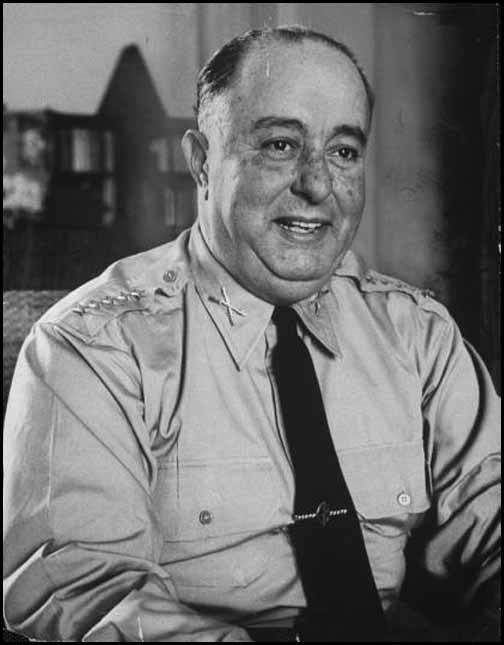
The son of a wealthy coffee planter, Somoza was educated in the United States. After his return to Nicaragua, he helped oust President Adolfo Díaz. He became the foreign secretary and took the title of "General." With the help of the US Marine Corps, which occupied Nicaragua at the time, Somoza became the head of the National Guard. This gave him the power base to remove his wife's uncle, Juan Bautista Sacasa, from the presidency, and make himself president in 1937. In 1947, an ally nominally succeeded him, but he retained power.
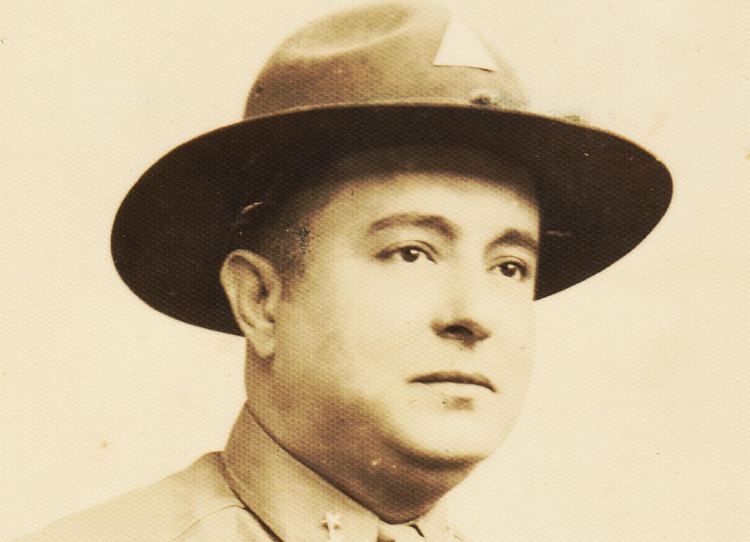
A month after his successor had been inaugurated, Somoza used the military to carry out a coup. The president was declared 'incapacitated' by Congress and Somoza served in his stead. Returning to power in his own name in 1951, he maintained an iron grip on his own Liberal Party while making a deal with the Conservatives; thus, he faced no opposition. This left him free to amass a huge personal fortune. On 21 September 1956, he was shot by poet Rigoberto López Pérez. Mortally wounded, he was flown to the Panama Canal Zone where he died a week later. His eldest son Luis Somoza Debayle took over, to be succeeded by his younger brother Anastasio Somoza Debayle, who was forced to flee in 1979 and assassinated in exile in Paraguay the following year.
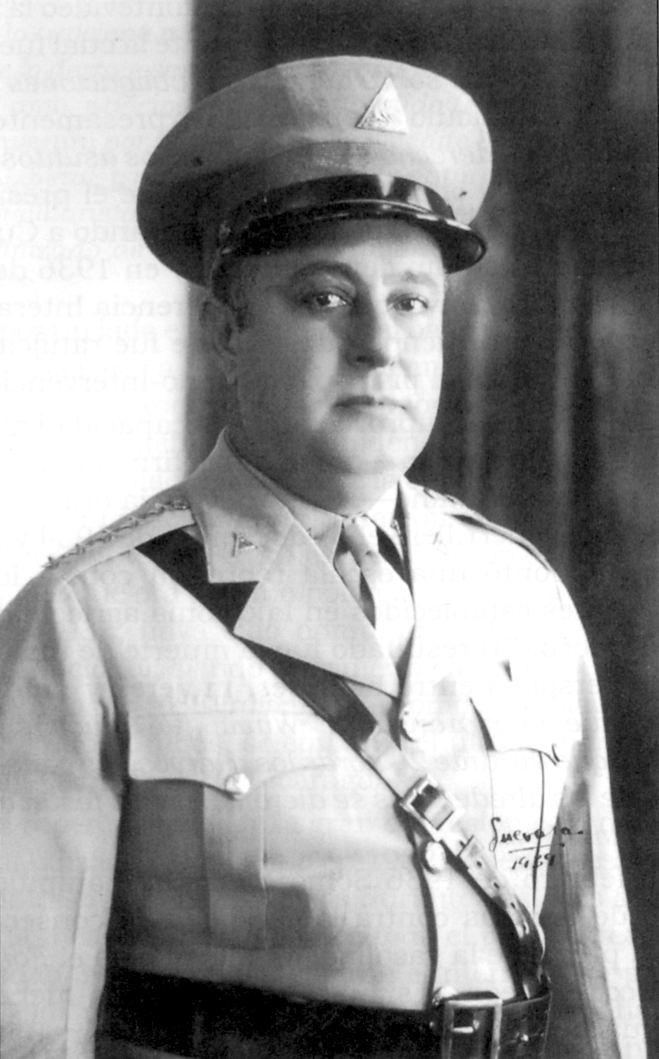
La tortulia 66 anastasio somoza garcia
Biography

Somoza was born in San Marcos, Carazo Department in Nicaragua, the son of Anastasio Somoza Reyes, a wealthy coffee planter, and Julia García, and a grandson of Anastasio Somoza Martínez and Isabel Reyes. As a teenager, he was sent to live with relatives in Philadelphia, where he attended the Peirce School of Business Administration (now Peirce College). While living in Philadelphia, he met his future wife, Salvadora Debayle Sacasa, a member of one of Nicaragua's wealthiest families, daughter of Dr. Luis Henri Debayle Pallais and wife Casimira Sacasa Sacasa, daughter of Roberto Sacasa Sarria, 44th and 46th President of Nicaragua, and wife and cousin Ángela Sacasa Cuadra. After returning to Nicaragua, he was unsuccessful as a businessman.
Marriage and family
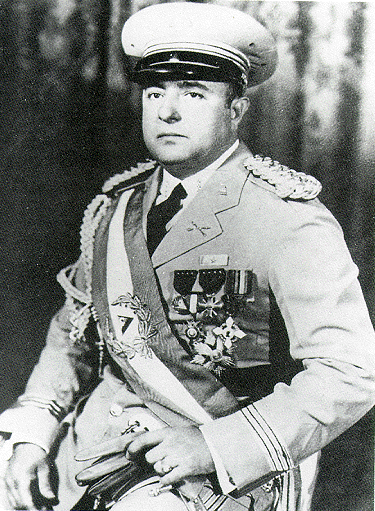
He married Salvadora in 1919. They had two sons, Luis Somoza Debayle and Anastasio Somoza Debayle, and a daughter, Lillian Somoza Debayle de Sevilla Sacasa.
Early political career
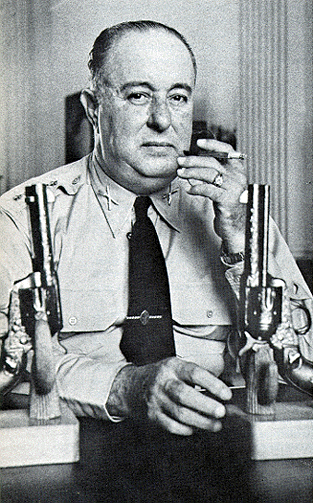
In 1926, Somoza joined the Liberal rebellion in support of the presidential claims of Juan Bautista Sacasa, his wife's uncle. Somoza failed to distinguish himself in battle, leading an unsuccessful attack on the garrison at San Marcos. However, as a result of being educated in the United States, he spoke excellent English and acted as an interpreter during the U.S.-brokered negotiations between the warring parties.

In the government of President José María Moncada, to whom he was distantly related, he served as governor of the department of León, Nicaraguan Consul to Costa Rica, and Foreign Minister. Despite his limited military experience, Somoza was able to rise through the ranks of the Nicaraguan National Guard (Guardia Nacional), the constabulary force organized by the United States Marines.
Somoza and Sandino
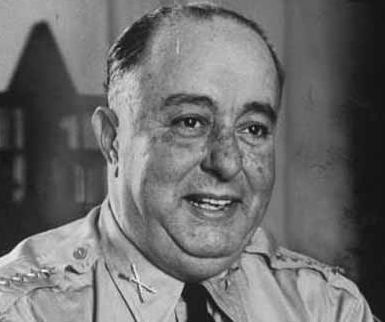
After waging a bitter, six-year struggle with the forces of General Augusto Sandino, in January 1933, the Marines evacuated the country following the election of Juan Bautista Sacasa as President. At the urging of the U.S. Ambassador Matthew E. Hanna, Somoza García was appointed as director of the National Guard.
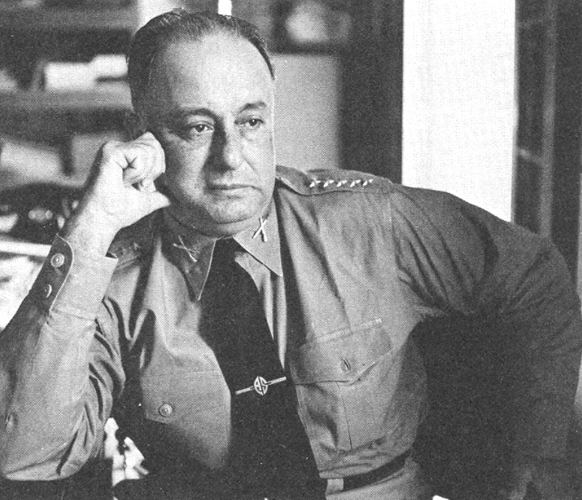
During peace talks, Somoza ordered the assassination of General Sandino on February 21, 1934 in violation of a safe-conduct agreement. Sandino's assassination was followed by the murder of former Sandino supporters by the National Guard. In June 1936, Somoza forced Sacasa to resign.
Somoza's control of the Government
A series of puppets ruled for the remainder of the year, and, in December, Somoza was elected president by a margin of 107,201 votes to 100—an implausibly high margin that could have been obtained only through massive fraud. He took office on New Year's Day 1937. Somoza, popularly known as "Tacho," amended the Constitution to centralize all power in his hands. Family members and key supporters monopolized key positions in the government and military.
While opposition parties continued to exist on paper, in practice, the system was heavily rigged in favor of Somoza's Nationalist Liberal Party. Throughout the 1930s and 1940s, he acquired immense personal wealth, primarily through investments in agricultural exports, particularly coffee, cotton, and cattle. Following the massacre of Sandino's followers, he acquired most of the land that had been granted to them by Sacasa.
Nicaragua and World War II
During World War II, the government confiscated the properties of Nicaragua's small, but economically influential German community and sold them to Somoza and his family at vastly lowered prices. By 1944, Somoza was the largest landowner in Nicaragua, owning fifty-one cattle ranches and forty-six coffee plantations, as well as several sugar mills and rum distilleries. Somoza named himself director of the Pacific Railroad, linking Managua to the nation's principal port, Corinto, which moved his merchandise and crops for free and maintained his vehicles and agricultural equipment.
He also made substantial profits by granting concessions to foreign (primarily U.S.) companies to exploit gold, rubber, and timber, for which he received 'executive levies' and 'presidential commissions.' He passed laws restricting imports and organized contraband operations, which sold merchandise through his own stores. He also extracted bribes from illegal gambling, prostitution, and alcohol distilling. By the end of the decade, he had acquired a fortune estimated to be US$400 million.
Though Nicaragua was on the Lend Lease in World War II, the unwillingness of Nicaragua to actually fight meant it was given obsolete equipment (most of it being either purchased from Russia, Spain and Portugal or captured German equipment) and no Western training.
Democratic Window
In 1944, under pressure from the U.S., Somoza agreed to liberalize his rule. Unions were legalized, and he agreed not to run for re-election in 1947. The Nationalist Liberal Party nominated an elderly doctor named Leonardo Argüello, with Somoza using the National Guard to secure his election. Somoza intended for Argüello to be a mere puppet and to keep real power in his own hands until he could run again in 1952. However, upon being sworn in as President in May 1947, Argüello displayed considerable independence, attempting to reduce the power of the National Guard and the control of Somoza and his associates over the economy. Less than a month later, Somoza orchestrated another coup, naming one of his wife's uncles, Benjamín Lacayo, as President. This definitively ended any hopes for further democratization in Nicaragua under the Somoza regime.
Second Presidency
When the administration of U.S. President Harry Truman refused to recognize the new government, a Constituent Assembly was convened, which appointed Somoza's uncle, Víctor Manuel Román y Reyes, as President. In another heavily rigged election, Somoza García again became President in 1950. In the 1950s, he reorganized and streamlined his business empire, founding a merchant marine company, several textile mills, a national airline (LANICA, short for Líneas Aéreas de Nicaragua) and a new container port on the Pacific near Managua, which he named Puerto Somoza. (After the Sandinistas came to power they renamed it Puerto Sandino). He also acquired properties in the United States and Canada.
Assassination and legacy
In 1955, the constitution was amended to allow him to run for another term. Shortly after being nominated, he was shot on 21 September 1956 by the poet Rigoberto López Pérez in the city of León, and died several days later in a Panama Canal Zone hospital. His older son, Luis Somoza, succeeded him.
Somoza's sons, Luis and Anastasio Somoza Debayle, ruled the country directly or through figurehead politicians for the next 23 years. Despite widespread corruption and repression of dissent, they were able to receive support from the United States, which viewed them as anti-communist stalwarts and a source of stability. His daughter Lillian Somoza Debayle, born in León, Nicaragua, on 3 May 1921, married Guillermo Sevilla Sacasa, Nicaraguan Ambassador to the United States during his brother-in-law's rule. He also had a son named José R. Somoza, born to an unknown mother.
Somoza is entombed with his oldest son at Cementerio Occidental in the National Guard Mausoleum in Managua, Nicaragua.
"Our Son of a Bitch"
Although Somoza was reckoned as a ruthless dictator, the United States continued to support his regime as a non-communist stronghold in Nicaragua. President Franklin D. Roosevelt (FDR) supposedly remarked in 1939 that "Somoza may be a son of a bitch, but he's our son of a bitch." According to historian David Schmitz, however, researchers and archivists who have searched the archives of the Franklin D. Roosevelt Presidential Library have found no evidence that Roosevelt ever made this statement. The statement first appeared in the November 15, 1948 issue of Time magazine and was later mentioned in a March 17, 1960 broadcast of CBS Reports called "Trujillo: Portrait of a Dictator". In this broadcast, however, it was asserted that FDR made the statement in reference to Rafael Trujillo of the Dominican Republic. It should be further noted that this statement has been attributed to a variety of United States presidential administrations in regard to foreign dictators. Thus the statement remains apocryphal at this point, though Roosevelt and later presidents certainly supported the Somoza family and their rule over Nicaragua. Andrew Crawley claims that the Roosevelt statement is a myth created by Somoza himself.
